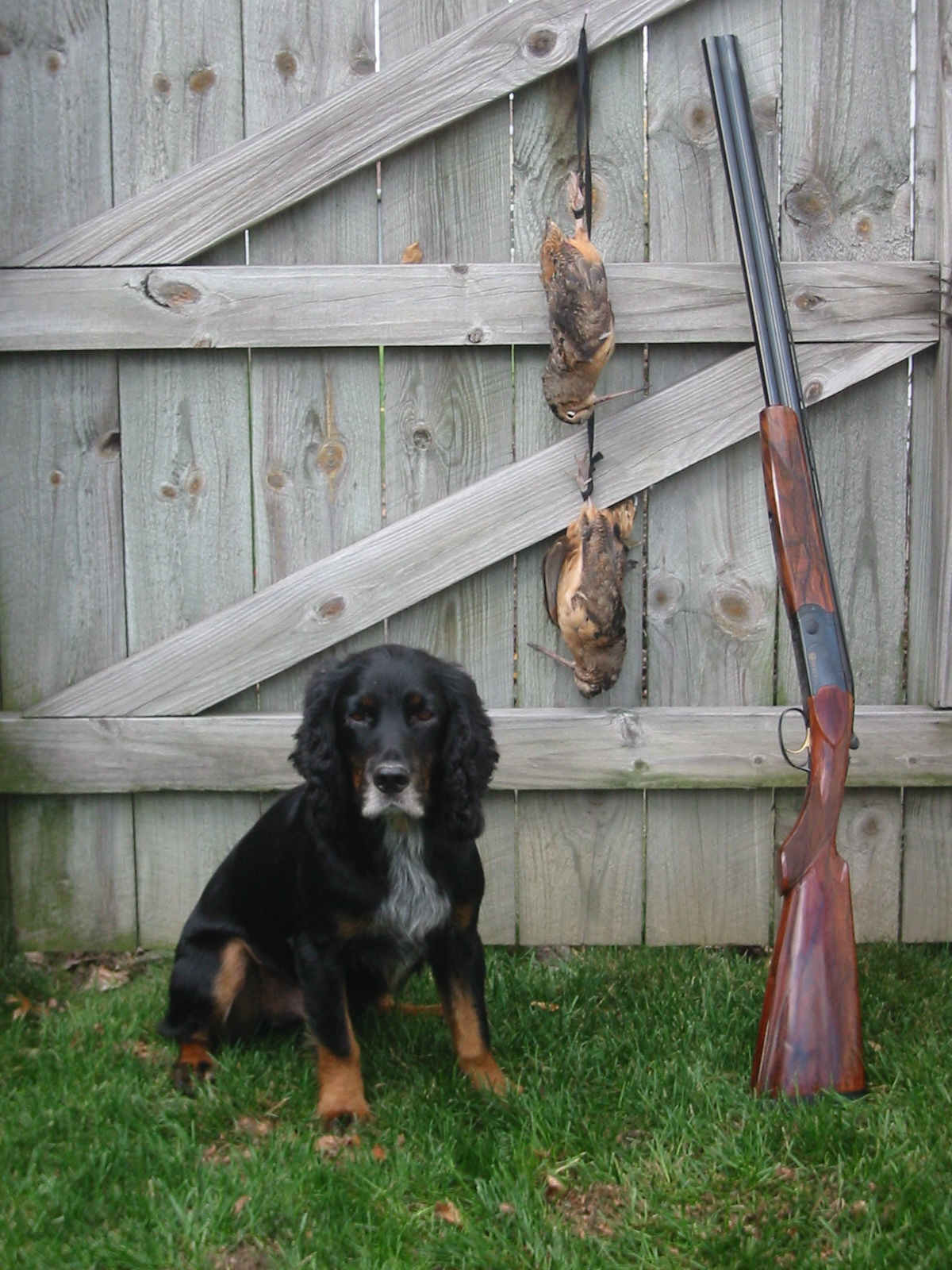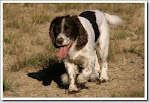 |
Two flushes; two shots; two birds: a very good day!
|
I remember when anglers like A. J. McClain were inventing “ultralight fishing” more than 50 years ago. I was an impressionable kid scouring my neighbor’s Field & Stream magazines, and, liking the idea of “sporty” fishing, bought a limber 5’-6” spinning rig spooled with 4 lb. test.
Somehow fishing took a way back seat after I was graduated from college. When I returned to fishing a decade or so later, I was surprised to learn that neither ultralight fishing nor cast iron skillets sizzling with melted butter were popular with the current generation of trout fishermen. Since these fishermen apparently accept it as given that all trout will - must! - be released unharmed, stouter tackle is now preferred to bring each fish swiftly to net, thus avoiding the chance of exhausting and possibly injuring or killing it.
I thought of this recently as I was re-reading “Come October,” an anthology of woodcock hunting stories. Twice in this book, and in other writings I remember but can’t pinpoint, individual hunters voluntarily set a personal policy not to pursue a woodcock after it’s once flushed. For example, Gene Hill wrote “I … never try to walk up a flushed bird a second time; if I sometimes do it’s by accident.”
I can understand not shooting at a woodcock for a number of reasons. Some shots are “a bad look” for the shooter; some present the dog with a tough or dangerous retrieve; some might present a safety issue. It’s generally hard to go wrong not shooting at a woodcock or anything else.
But like those modern anglers who have rejected ultralight fishing, I believe there must be some stress on a bird who’s flushed from a spot it’s chosen and rushed to the first hiding place it can find. I often hunt in old meadows transitioning to tall brush, so I’m seldom in the shade. A flushed woodcock is entering the danger zone, and not just because it’s a potential meal for our ubiquitous red tailed hawks. I’ve decided that after Gordie flushes a bird, then that bird’s luck has started to run out; it’s already dead bird flying. So I try for a reflush - or two - so that I can count that bird in my day’s bag and leave other birds undisturbed and “fresh.”
If a shot has been fired at a bird, then it’s not optional but essential to try for a reflush. Gordie has retrieved more than one woodcock that my friends or I have “missed.” Hunters who shoot the birds they flush and stop a bird short of a limit are more than fine with me. Although I have no data to support my position, I still have concerns about flushing multiple birds, “letting them be,” and pursuing and shooting others in the name of “good sportsmanship.”







